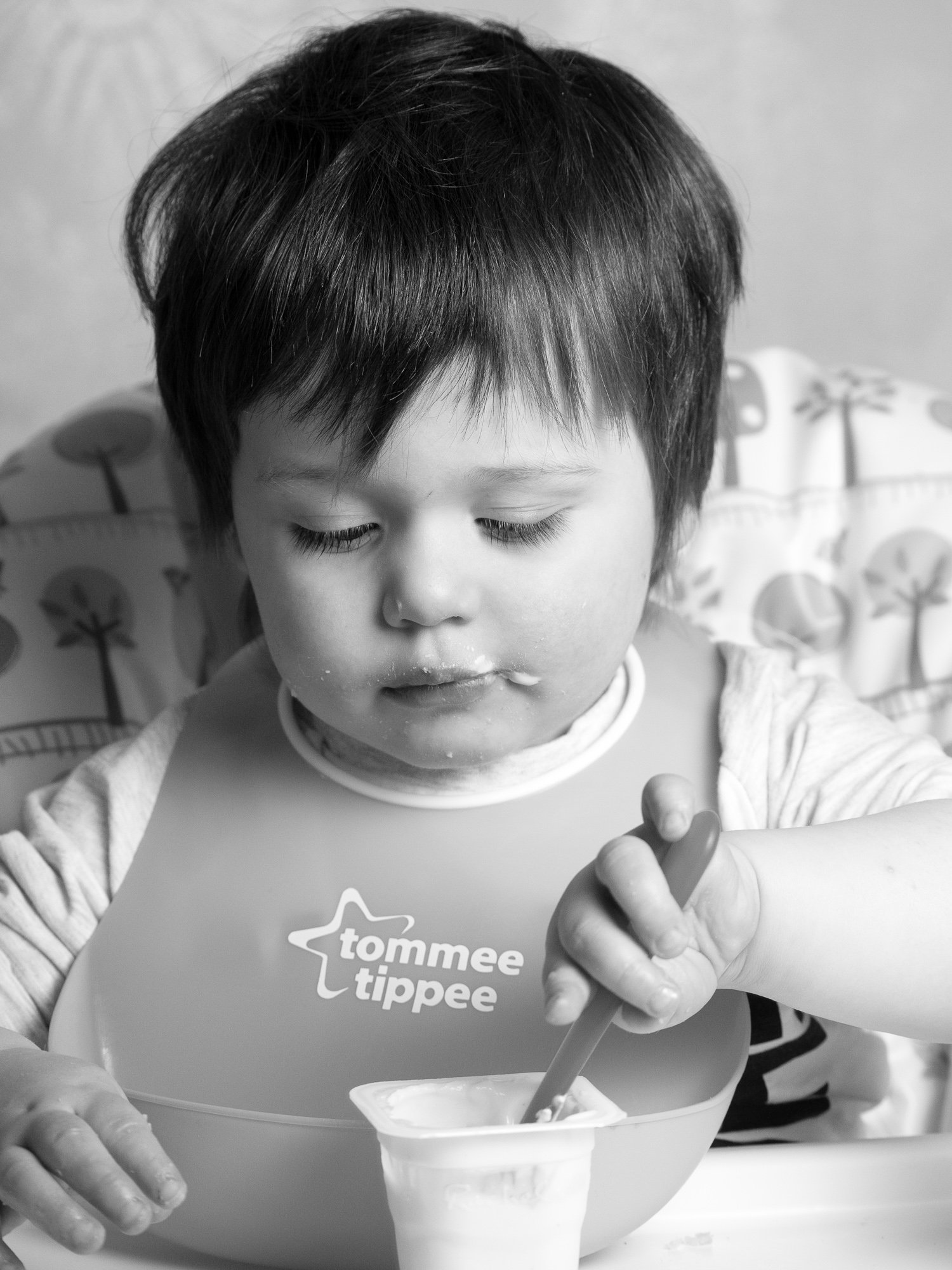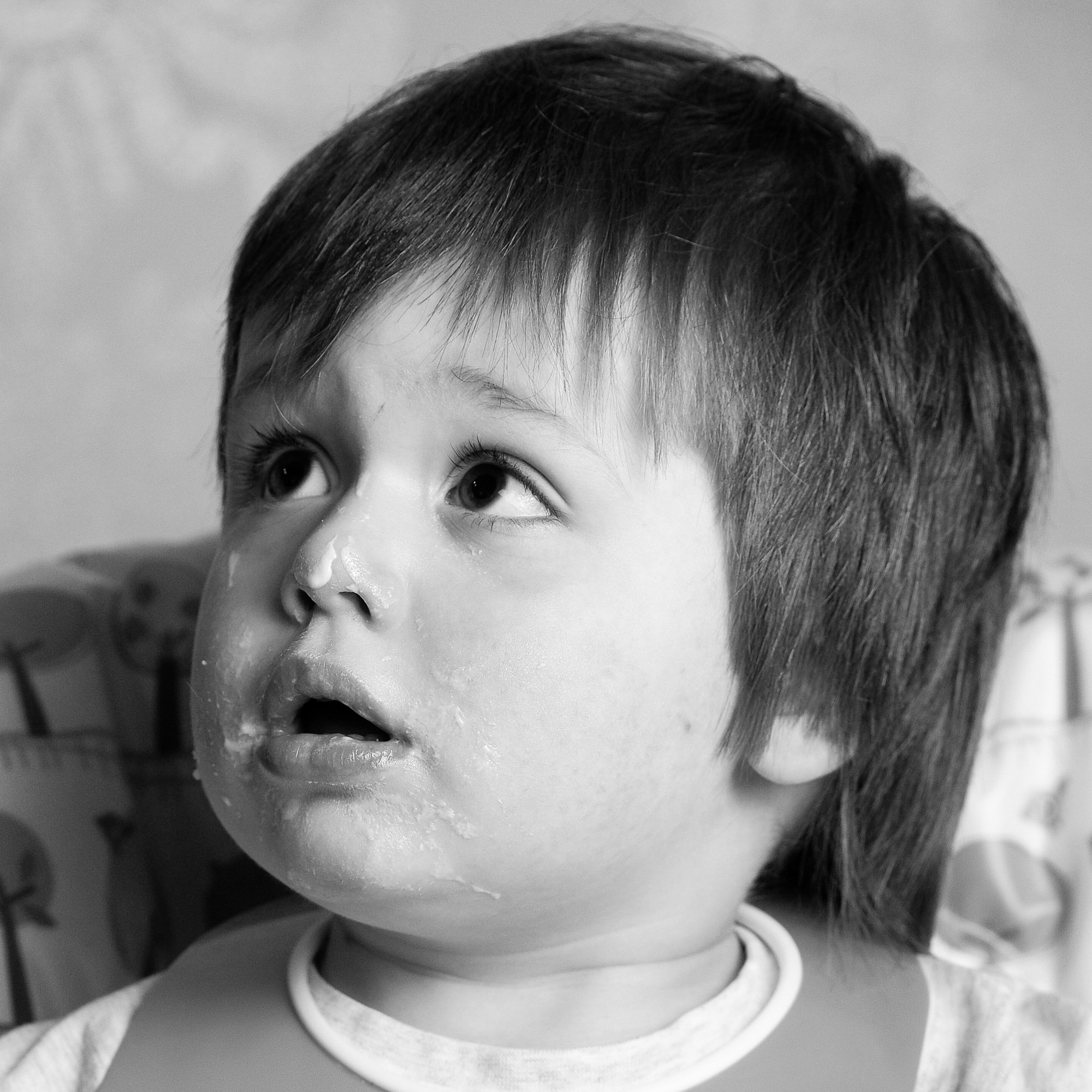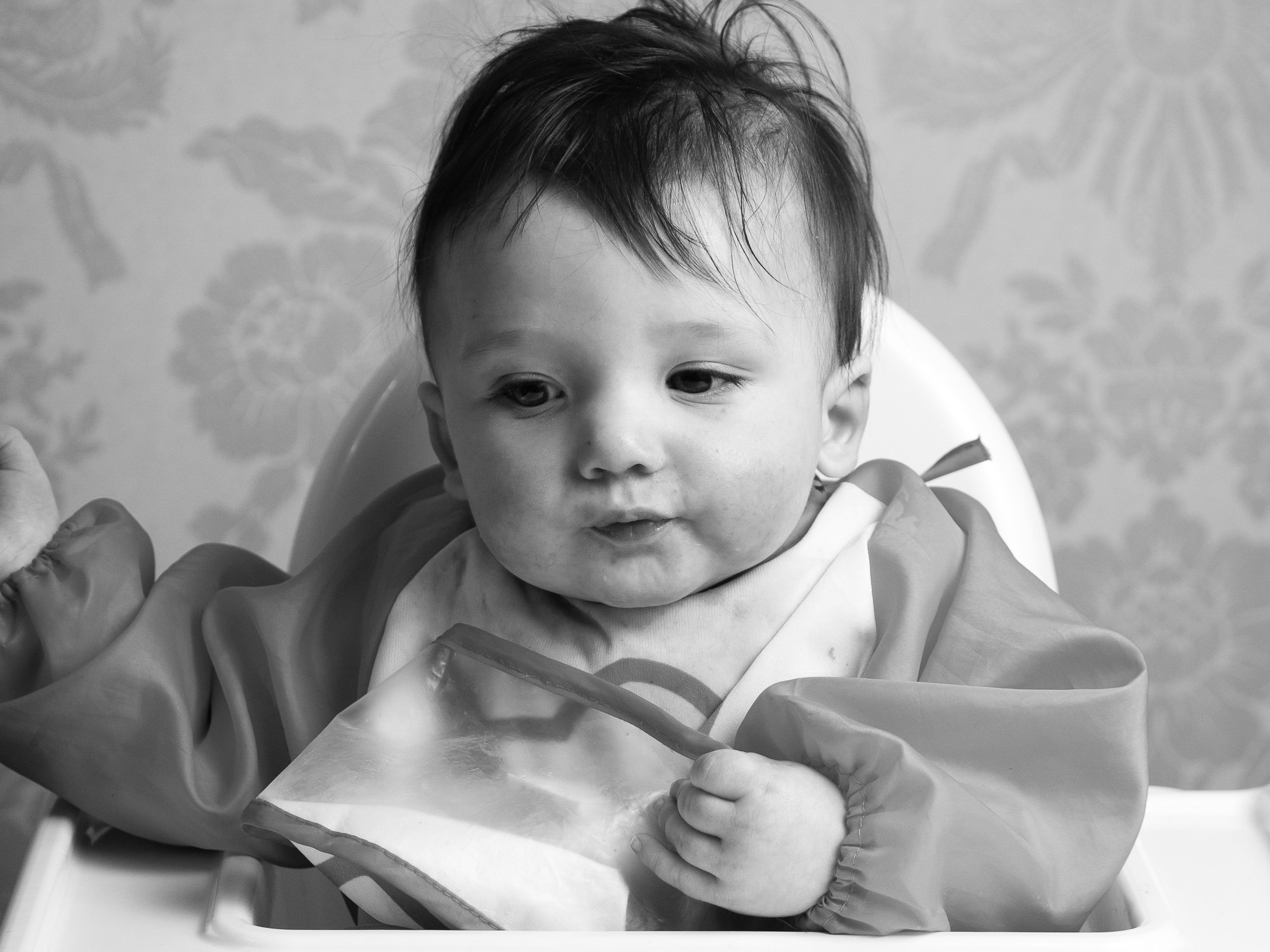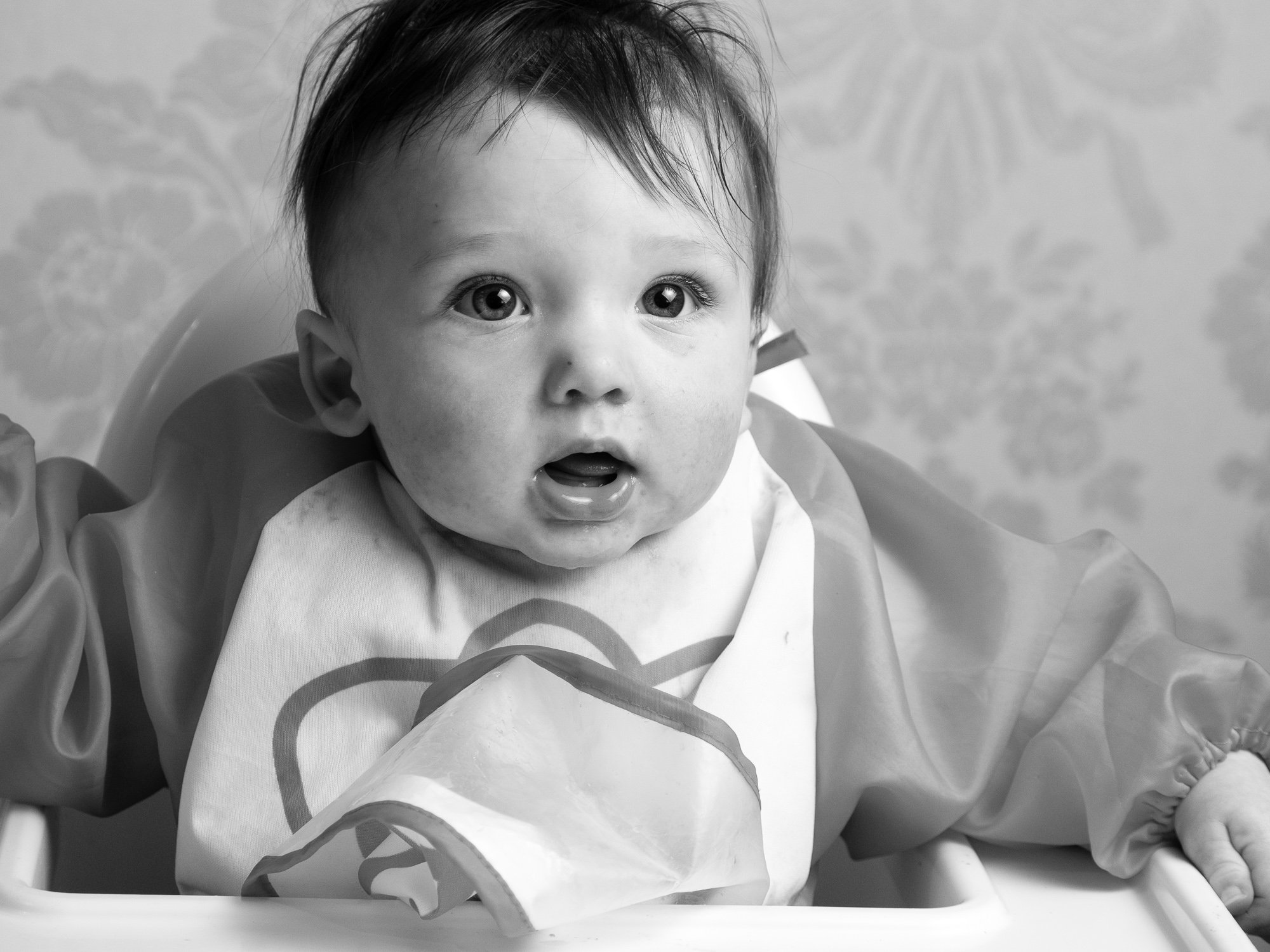D
Deleted member 49549
Guest
First of all let me say i know very little about lighting, hence the beginner prefix! Having a very young family, I wish to try some family portraits at home. Looking at the threads here, people in the know have recommend starting with one light and a modifier.
What i have -
Questions
What i have -
- OMD EM1
- portrait lenses - 35-100 2.8, 45mm 1.8
- DI622 Mk2, nikon
- Nikon SB600
- Yongnuo 2.4GHz Wireless Remote Control RF-602 for Nikon
- Tripod and ball head
- 110cm 5-in-1 Circular Light Reflector Panels - Gold, Silver, Black, White & Translucent Diffuser
Questions
- Can I use the flashes and triggers I have, or do I need flashes / triggers designed for micro four thirds? (Will the flashes work manually which is what is recommended for studio the shots?)
- I will need a stand for the flash, can I use my tripod with an attachment, or do I need a dedicated stand?
- What modifier(s) do you recommend to get initially?
- Do i need a backdrop, i will be using my living room, magnolia-ish coloured walls, long and narrow (8x4m) around 2.4m ceiling, but has a largish pendant light that will limit freedom of movement of anything that will need to go high. Due to wall colour I could stick to B+W initially.
Last edited by a moderator:





